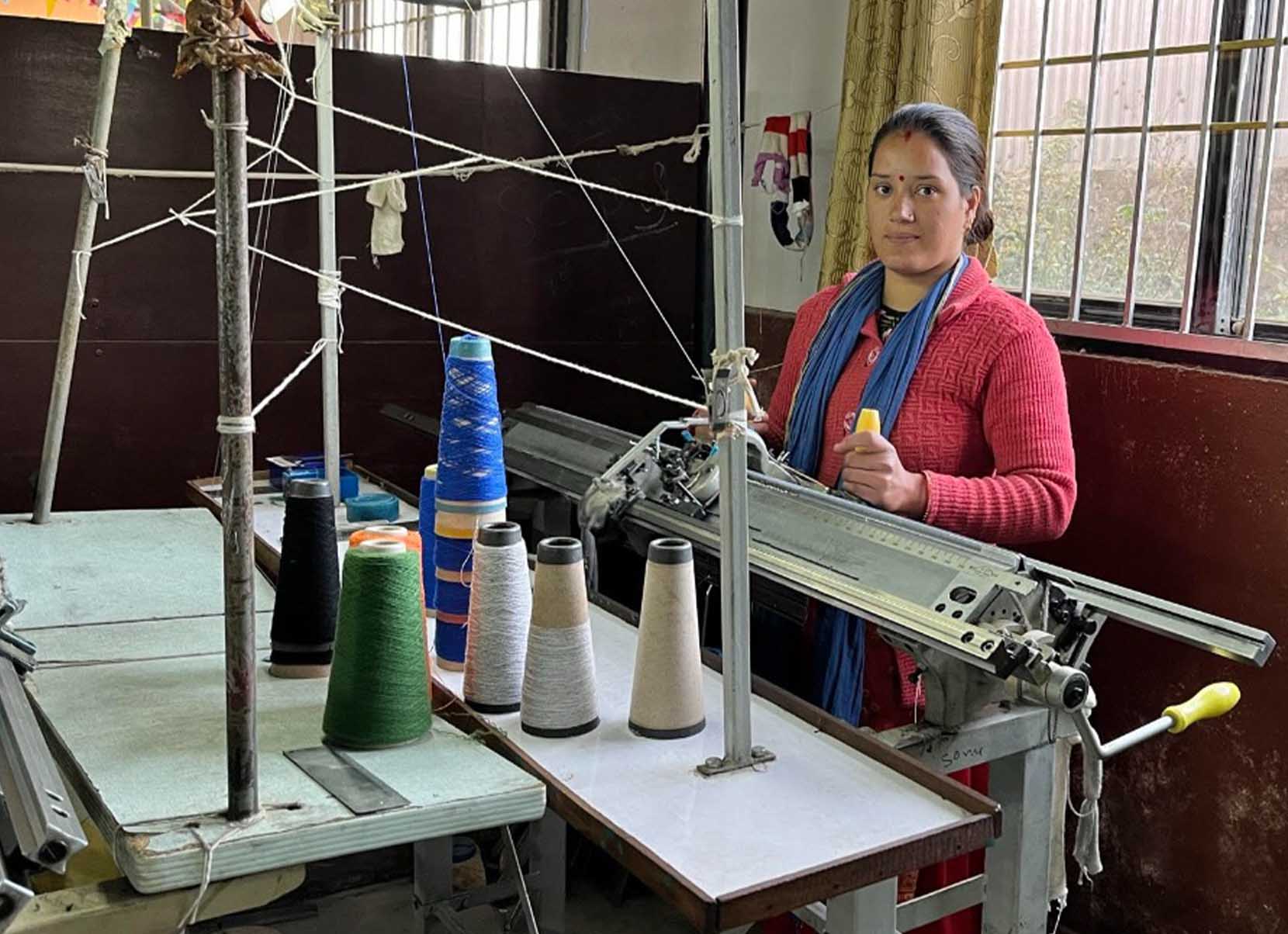Archive for the
‘who we are’ Category
Recent Posts
- From Goat to Garment: The Journey of ApexPashmina Wool
- Traditional ApexPashmina Weaving Techniques: A Step-by-Step Guide
- The Art of Hand-Weaving ApexPashmina Shawls in Kashmir
- Weaving Timeless Elegance: The Art and Heritage of ApexPashmina Scarves
- The Art of Knitting: Threading Together Tradition, Tranquility, and Timeless Style
Recent Comments
Archives
Translate »





